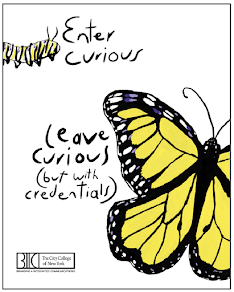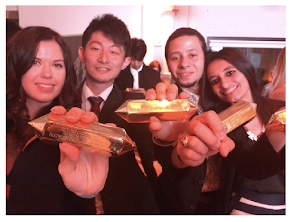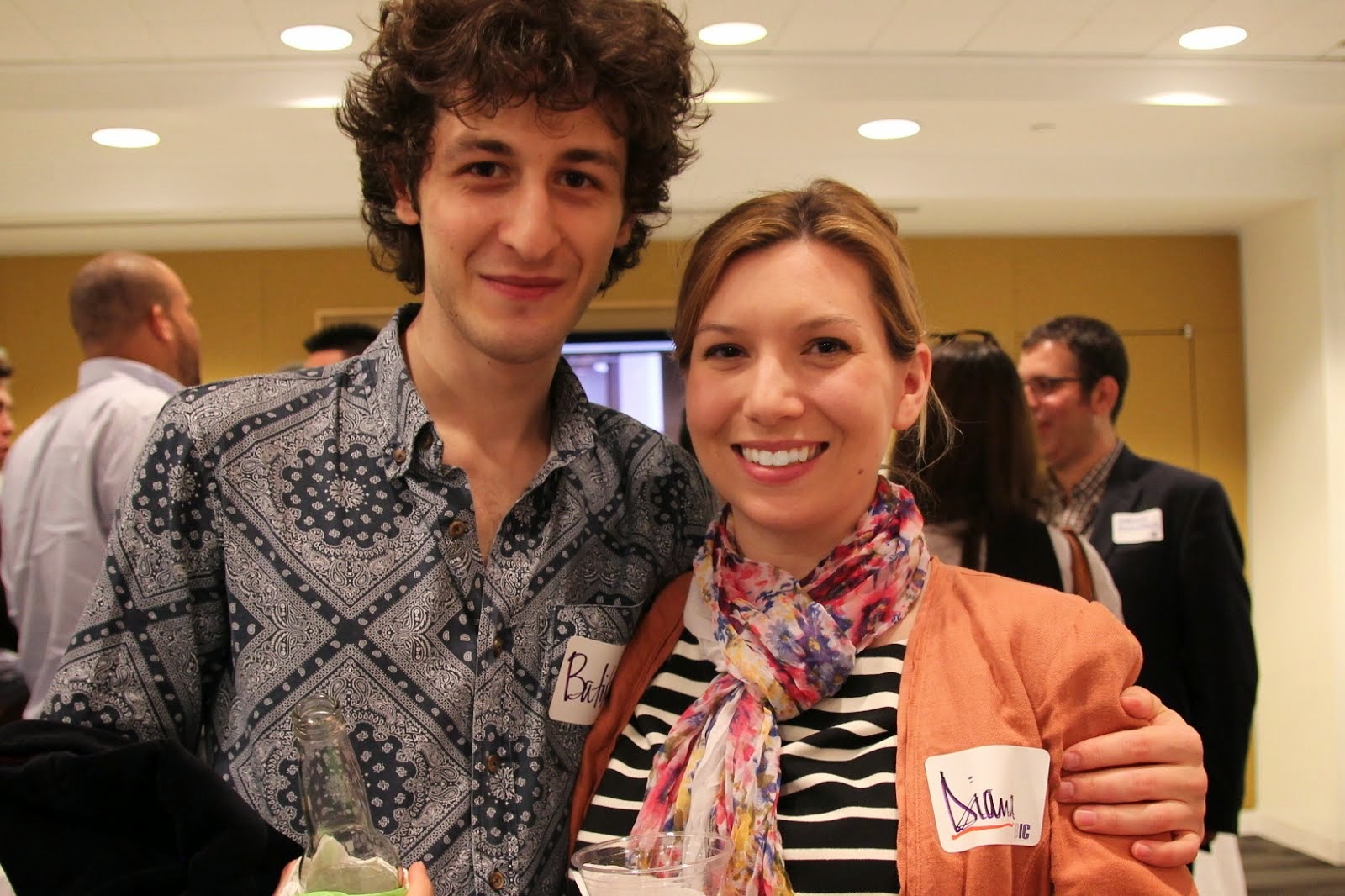Want to advance your career in the new world of integrated communications? Help is on the way.
City College of New York hosted a hard launch luncheon on January 23, 2013 for its new Master’s degree in Branding + Integrated Communications (BIC). The event attracted over 70 guests from Manhattan advertising, branding, digital, PR, and research firms along with academics. The biggest, established agencies were well represented – Y&R, McCann, Grey, GroupM, Landor, R/GA, Edelman, Ketchum, among others, but so were several emerging media services entrepreneurs who are thriving in the New Tech City.This widely diverse (expertise, age, gender, ethnicity) group was not shy about offering advice – and warnings – to young professionals working in the shifting environment of integrated communications.
First of all, the discussion acknowledged some old, evolving conversations.
- The old fuddy-duddies in the room were not the people harping on basic skills, perseverance, resilience, and discipline. It was the 30-something professionals who were making that pitch. The “basics” are as important as they ever were, as the pros not ten years into a career testified.
- The great land-grab among agencies (particularly between advertising and PR agencies fighting for the social-media or the content-creation dollar) has been going on now for over a decade. It is still part of the landscape, but it is no longer the most interesting conversation. Marketing communications just is, already, integrated – the market/consumers integrated it for us by their behavior and media use. Those agencies and professionals who are spending much time preening about how social or integrated they are may be “thus protesting too much”: if you have to assert those creds too strenuously now in 2013, maybe it is a sign that you’ve already missed that boat.
- Saul Steinberg’s view of America haunts marketing communications pros. That famous 1976 New Yorker cover could be re-drawn today; the only change would be that the Manhattanites in the foreground would be tweeting. The CCNY luncheon participants repeatedly warned young New York marketing communications professionals: “You are not America.” New media rules, but traditional communications and marketing channels have not gone away. If you really want to succeed, the work is not about out-with-the-old, in-with-the-new; the challenge is doing-the-right-thing for places that are not creative-class enclaves.
- Prepare for the long game. Too many young communications professionals are finding their careers peaking before they turn thirty, because they enter the profession on the basis of their demographic and not on refined skills and examined thought and creative process. You might get a first job on being the social media whiz kid, but that is a formula with a blindingly fast built-in obsolescence.
- Understand the whole marketing communications mix. You may not be an expert, today, in all the marketing services silos, but you need to know how they work and what they can contribute. Know where your skills and contributions fit in. The traditional channels of advertising, PR, social, IR, etc. all persist – but are evolved to be more interpenetrated and interdependent than ever.
- One way or another, your career will be data driven, so decide whether you want to do some driving, too – or be left in the back seat. If you are more comfortable calling it “listening,” that is OK. If you are drawn to the Big Data approach to this conversation, all the better. In any case, the successful marketing communications professionals of all variations will have access to amazing and inspiring new levels of insight – but only for those who have gotten over their numeracy phobias. Not all marketing communications professionals have to be Nate Silver, but we need to work with the Nate Silvers on our team, and leaders will make sound decisions based on all that good, new data.
- To be creative is to be strategic, to be informed, and to be useful. A typical comment: “’Kids’ come into the agency and do graphic and video work on their laptops that are way beyond what experienced pros could do just a few years ago. That’s great. And if you can’t do that stuff – you’re definitely at a disadvantage. But too often, there’s no strategy.” The best creative people have always been strategic. In the future, all the surviving creatives will have to be.
The Master’s degree may or may not be the “new Bachelor’s,” but clearly the traditional configuration of the undergrad degree in advertising or public relations or even mass communications is not doing justice to the current practice in this industry. While the industry welcomes the English or sociology major to entry level jobs, that liberal arts ideal of “learning how to think,” while necessary, may not be sufficient if there is not also a bit of “learning how to do.”
One unanticipated consequence of the emerging world of integrated communications, big data, and new media technologies is that reflections on our work are coalescing around a robust, cross-disciplinary intellectual enterprise that embraces human relations, behavioral and political economics, statistics, psychology, neuroscience, and aesthetics. Our work now has methodological rigor, historical precedents, and predictive power. The new graduate academic programs demonstrate that integrated communications has become the profession to which the twentieth-century practices of advertising and public relations once aspired.
| This post by BIC faculty member, Professor Frank Walton, appeared at CommPRO.biz January 28, 2013 |








